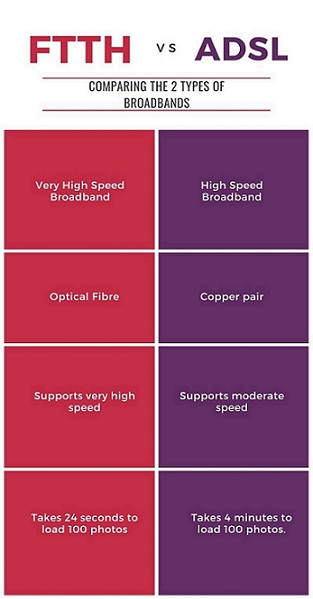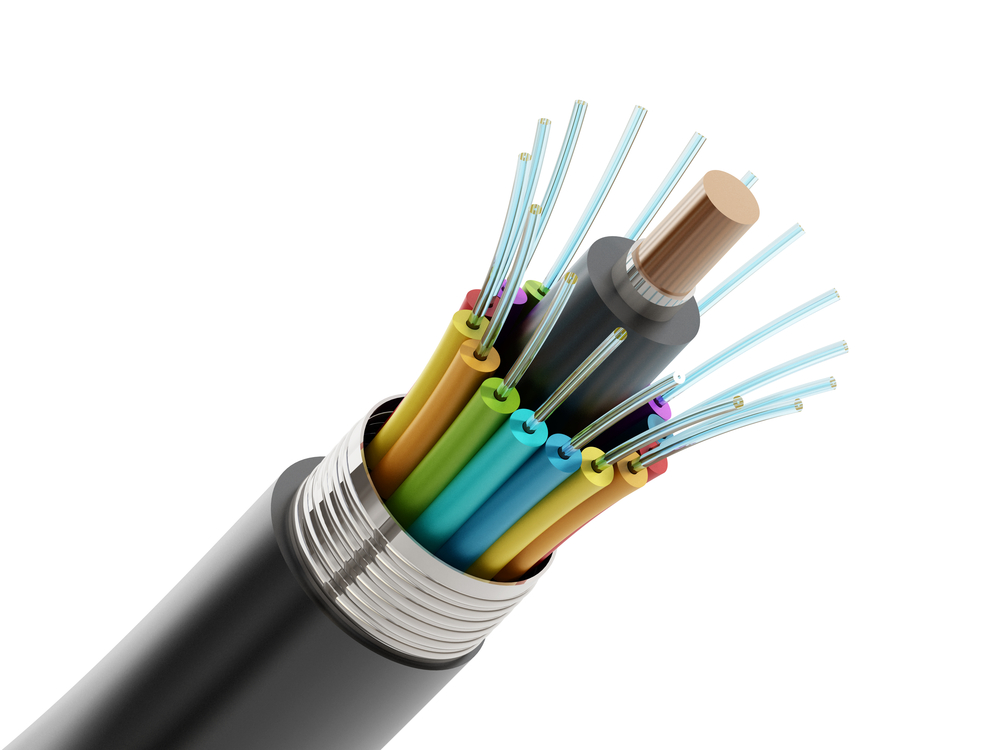The Indian telecom industry is going through a phase of complete transformation. Competition is mounting, the price war is escalating, companies are merging and data rates are falling. These are the trends that dominate prime-time business news. But there is one more change that is sweeping the industry. This is hyperscale network modernization (network modernisation). As an industry, we have now realized the need to upgrade our networks to meet the data demand and quality of services (QoS) requirements. The optical fibre (Optical fiber), once a second fiddle to microwave technology is now likely to dominate the telecom networks, not only in the backbone but also in backhaul and last-mile technologies Amidst this change, there is a lot of buzz around Fibre Deployment (Fiber Deployment). For decades fibre rollouts (fiber rollouts) have been looked like a ‘digging job’. Local contractors have dominated this landscape and the result has been slow-paced and sub-optimal rollouts. To meet the demand for deep fiberisation, a paradigm shift is required in the Fibre rollout space. Fibre deployment (Fiber deployment) by “Experts” is the next big thing in the fibre rollouts (fiber rollouts) and both telecom companies and Governments are betting big on this trend.
Contents
Why do you think fibre deployment should be done only by experts?
Capex optimization
Fibre deployment (Fiber deployment) by experts enables capex & opex optimization, hence delivers more site efficiency. Telcos generally plan rollout basis incremental needs which is an ROI drainer. Fibre optic (Fiber optic) network planning and design intelligence through holistic routing architecture are the two factors through which deployment experts can eliminate inherent Capex inefficiencies and fetch way better return on investments.
Superior build quality, hence reduced opex
When looking at fibre rollouts(fiber rollouts) as a low-skill digging and laying job, many crucial performance parameters are compromised. Fibre deployment experts bring to the table, the prowess of professional project management and technology-driven execution excellence, which delivers better quality of network at the SLA level. Reduced fibre cuts per kilometer, enhanced fibre lifecycle, and lesser repair costs. Efficient excess cable and inventory management also contributes to seamless and low-cost repairs.
Holistic surveys and execution agility
A comprehensive survey is the bedrock of any fibre deployment project. They have a dominos effect on the entire project execution. The survey defines the right way of authority mapping, the most challenging of all externalities. It also outlines the people process matrix in terms of the kind of machines, tools, and manpower required to deliver the project. Deployment experts use digitization and state-of-the-art tools to ensure top-quality surveys. Execution agility, driven by planning, skilled manpower, and project management is one of the biggest advantages of having an expert on board.
Reduced TCO and revenue enhancement
The ultimate objective of any network project is to reduce the cost of ownership and increase monetization. With future-fit and cost-optimized rollouts combined with superior quality of services, the network operator can extract much more efficiency from the same old network. These benefits flow in the form of a reduced time to market, better customer experience, more customer longevity, and higher ARPUs.
The best person for the best job
The Telecom industry is the most dynamic of all industries. Telecom operators have the vision and responsibility to craft a digital revolution in the country. They have to lead from the front, devising innovative products and solutions for the customers and paving way for new technologies like 5G, IoT, and big data. In this context, fibre deployment (fiber deployment) by experts can add more value to CSPs, while enabling them to focus on their core competencies.
In a world that’s connected through data, you need experts to make the connection reliable and faster. The more speed the transmission cable supports the more data it can transmit per second. Here is the comparison between FTTH (Fibre To The Home) and ASDL (Asymmetric Digital Subscriber Line).

Sterlite Tech is a Digital Communications company, offering a wide range of services across the network value chain. We design, build and manage smarter networks. With our passionate endeavours in hyper-scale network modernization, software-defined networks, and optical fibre technology, we are transforming everyday living across countries and continents. Log on to stl.tech to know more.
FAQ
- What is optical fibre?
Optical fibre is a thin, flexible, strand-like material made of pure glass, through which light signals or data can be sent over longer distances at faster speeds. A strand of fibre 1/10th the thickness of human hair. An optical fibre has three layers. The core is the innermost area through which the light travels. Cladding is another layer of glass wrapped on the outside of the core. Its job is to keep the light signal inside the core. Coatings are multi-layers of plastics applied to preserve strength, absorb shock and protect it from environmental changes.
Light in OF travels through the core by constantly bouncing off from the cladding. This happens because the cladding doesn’t absorb any light from the core and bounces off all the light back to the core. We might expect a beam of light to leak out of edges but when light hits another glass-like clad, which has a lower refractive index than the core, it acts as a mirror and the light gets reflected back to the core leading to Total Internal Reflection. Total internal reflection is absolutely critical for the functioning of the optical fibre.
For TIR to occur the following conditions need to be met – First, light is travelling from a denser (High RI) medium to a rarer (Low RI) medium. Hence the refractive index of the core is kept higher than the clad. Second, AOI should be greater than the critical angle.
There are 2 types of optical fibres Single-mode and Multi-mode – in SM fibre, only one mode or ray of light is allowed to pass through the core. Hence core is smaller in diameter, around 9 microns. MM fibre allows more than one mode or ray of light to pass through it. It has a wider core diameter of 62.5 microns. SM fibre is less expensive, has low loss of strength or attenuation, and can be used for longer distances. Single-mode is the most widely used fibre type.
- What is FTTH?
Fibre to the home (FTTH) refers to the delivery of a communications signal using optical fibre from the operator’s switching equipment to a home or business, replacing existing copper infrastructure such as telephone wires and coaxial cable.















